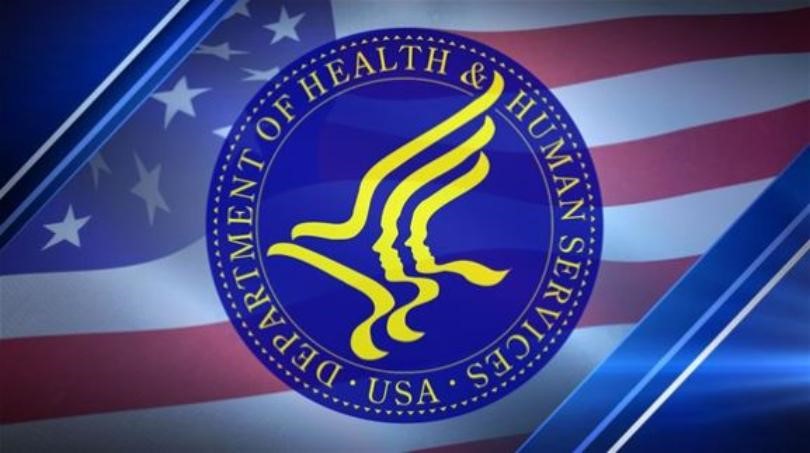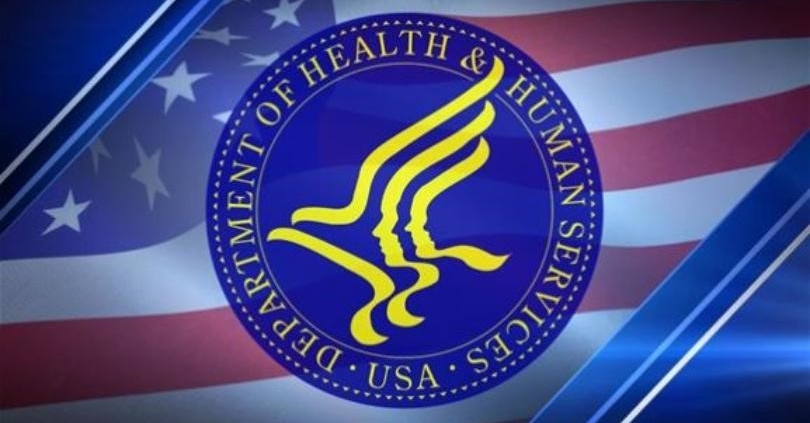HHS Modernization

Department of Health and Human Services is the U.S Government’s agency for protecting the health and providing essential human services. Its basic mission is to enhance the well-being by providing effective health and human services sustained advances in the sciences underlying medicine, public health, and social services.
Recently, as pandemic took over across the U.S, the Department of Health and Human Services was doing more than its name implies. Its non-human side would be a major part of the equation in dealing with an environment almost no one really imagined: Large-scale telework. HHS Chief Information Officer José L. Arrieta said on Federal Monthly Insights — EIS “We upgraded circuit capacity of the HHS network,” and further added “We invested in improving our firewalls and improving our VPN capability across HHS.”
Arrieta’s department is huge, and he likes to say “we’re one of the largest network surfaces on the face of the Earth.” There is a built-in resiliency and redundancy in the HHS network, allowing it to deal with data-sharing traffic or a large cyber-attack.
“From a circuit perspective, from the VPN perspective, we have a series of kind of internally federated network security layers as well. And the interesting thing is that level of resiliency and that flexibility, that type of environment created has been extremely beneficial for us during this time because it gives us options,” Arrietta said on Federal Drive with Tom Temin.
Additionally, Arrieta said , “I think that one of the things that we’re doing with the EIS contract award is we’re focusing on our primary mission space, which is we want to obviously ensure that folks have modern phones, that we’re lowering fixed costs, ensure that network availability exists, and ensure that folks have access to the network, whether they’re accessing it through VPN, O365 or they’re in the office,”
Arrieta is aware that HHS needs to focus on sharing data securely as a data-sharing entity.
“I think that during this pandemic, the one thing we’ve learned about public health is the ability to collect information (and) insight, in terms of what’s happening across the United States in real time, is imperative for a well-coordinated response that will protect human lives. And sharing data rapidly is the other kind of key tenant,” Arrieta said.
As HHS looks to modernize its networks, the need will arise to incorporate the needs of a variety of components, such as the National Institutes of Health, the Centers for Disease Control and Prevention, and the Food and Drug Administration — all of which have their own specific needs.
“We are a data-sharing entity. If we were a house, we’d have a million windows and doors,” Arrieta said.
Author: Chandni Mandaviya


